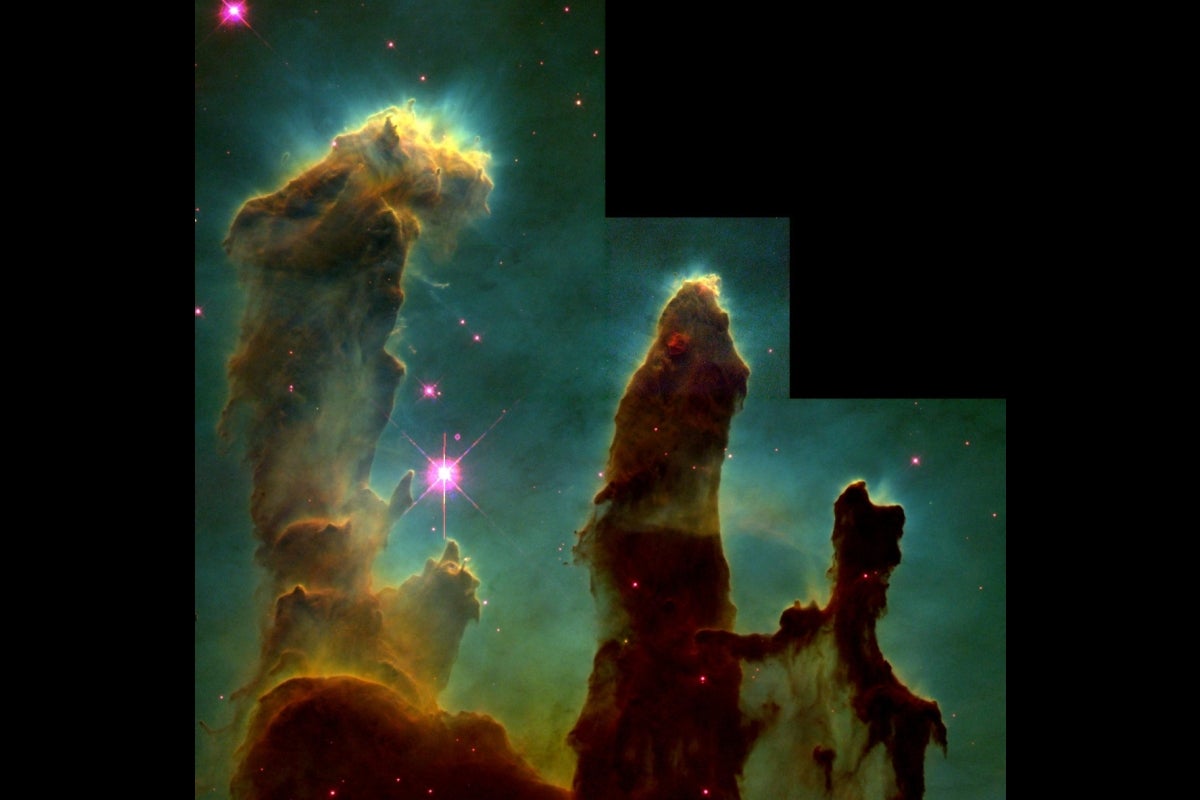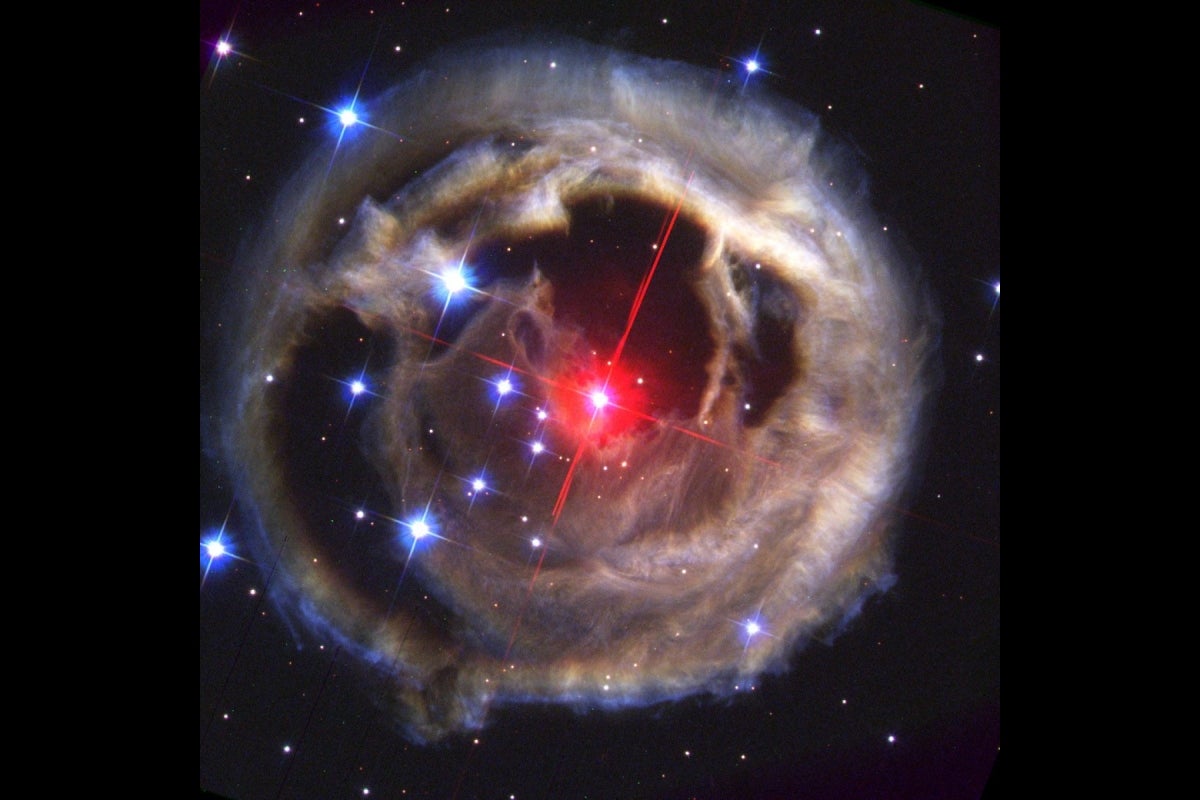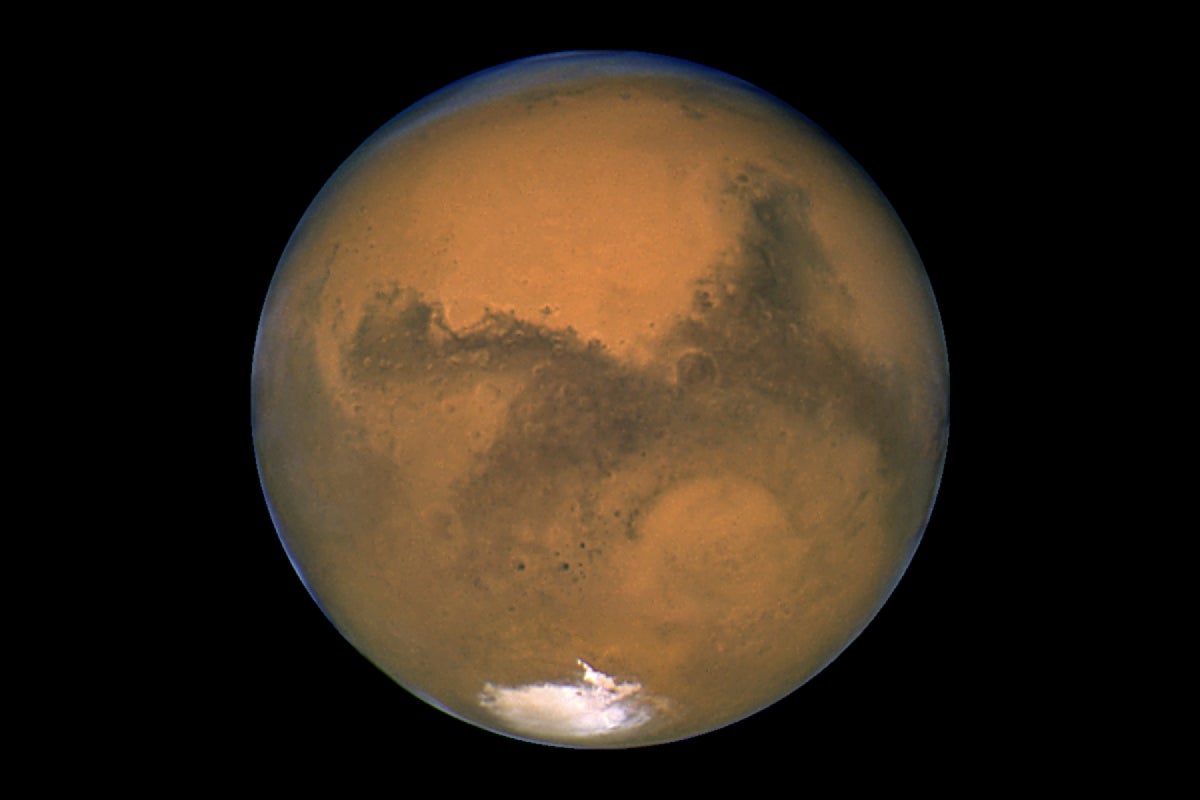Celebrating 34 years of space discovery with NASA

The James Webb Space Telescope (left) and the Hubble Space Telescope. Images by NASA
This year, NASA's Hubble Space Telescope (HST) is celebrating its 34th anniversary of the world's first space-based optical telescope, which paved the scientific pathway for NASA's James Webb Space Telescope (JWST). The Hubble Telescope launched aboard the space shuttle Discovery on April 24, 1990, and deployed one day later, on April 25.
When HST launched, it revolutionized astronomy. With more than 1.6 million observations, it contributed to the study of the cosmos and captured stunning, awe-inspiring images of our universe. Its impact on our understanding of the universe as it uncovered new mysteries set a complementary stage for JWST's observations. The two observatories can now combine data while providing astronomers with a spectacular and detailed look at the universe.
HST has not only answered some of the biggest unknowns about the universe, like determining its age — today, it's approximately 13.8 billion years old — it has also challenged planetary scientists, astronomers and astrophysicists to ask the biggest astronomical questions about the mystery of space.
The HST has also played a significant role in providing research opportunities for scientists and students at Arizona State University's School of Earth and Space Exploration, and ASU is continuing to build on this legacy with JWST.
ASU Regents Professor Rogier Windhorst of the School of Earth and Space Exploration is a co-investigator and interdisciplinary scientist for JWST, along with research scientist Rolf Jansen, associate research scientist Seth Cohen and a team of ASU postdoctoral scholars, undergraduate students and graduate students.
Windhorst's cosmology group proposal "DARK SKY" was recently selected by the Space Telescope Science Institute (STScI) JWST General Observer Program for Cycle 3. The three-year program will analyze the sky background from the entire available JWST imaging archive to set constraints on the very dim zodiacal light from cometary dust on populations of faint stars and galaxies, and the nature of the diffuse extragalactic background light.
DARK SKY is the Webb sequel to the cosmology group's Hubble SKYSURF project. With 110,000 images and over 1,050 hours of telescope time, it is the most extensive Webb program thus far.
“During the last three decades, Hubble has opened our eyes to the universe in a way never seen before, making humankind understand our place in the cosmos, where we are coming from and what our future will look like,” said Windhorst. “In the next few decades, Webb’s exquisite night vision will expand this in many unforeseen ways.”
Scientists at Arizona State University have been part of HST's three-decade journey and continue advancing space telescope research through data collection and images. The implications and interpretation of HST's data have laid the groundwork for the James Webb Space Telescope, launched in December 2021, and continues to further our understanding of the universe.
As HST celebrates its 34th anniversary on April 24, 2024, we highlight some of the discoveries made by scientists at ASU.
For Hubble images and more information about the HST, visit NASA Hubblesite.
More Science and technology

ASU-led space telescope is ready to fly
The Star Planet Activity Research CubeSat, or SPARCS, a small space telescope that will monitor the flares and sunspot activity of low-mass stars, has now passed its pre-shipment review by NASA.…

ASU at the heart of the state's revitalized microelectronics industry
A stronger local economy, more reliable technology, and a future where our computers and devices do the impossible: that’s the transformation ASU is driving through its microelectronics research…

Breakthrough copper alloy achieves unprecedented high-temperature performance
A team of researchers from Arizona State University, the U.S. Army Research Laboratory, Lehigh University and Louisiana State University has developed a groundbreaking high-temperature copper alloy…







